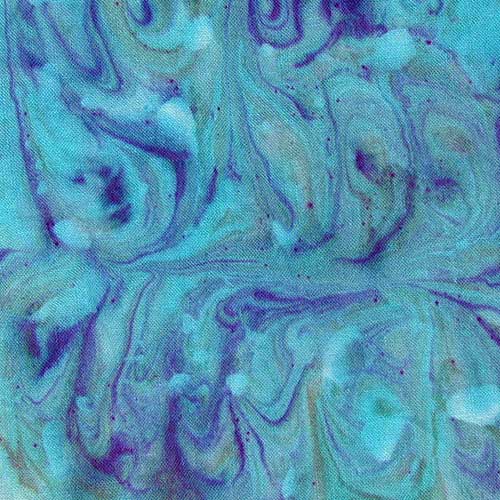Vincent Leclerc & Joey Berzowska
These sleeves are sensitive to physical contacts. When users flex or cross their arms, a sound is synthesized within the sleeves and output through miniature flat speakers. The idea is pretty straightforward: using very simple elements (metallic organza and conductive yarns) we created a flex and touch sensor made of hundreds of switches.

The stripes of metallic organza are sequentially disposed so that they are connected either to ground or to a pin of the micro controlling unit. When a 'pin' stripe is grounded on a 'ground' stripe, it issues a signal to the mcu and the latter reacts accordingly.
The whole circuit is stitched on fabric. We had to conduct many experiments to figure out what type of stitches were the most solid and less electrically resistive. The approach We adopted is a combination of fine and loose stitches overlapped with wide and stretched ones. The stitched circuit board connects every element to the very few 'hard' parts of the system: a PIC16F84A, a 3V watch battery and speakers. The connections to the PIC are done using conductive epoxy so there are no (fragile) solder connections anywhere. Same goes for the miniature flat speakers and the battery.

We programmed the PIC using the CCSC compiler. Here is the C source of the program. It uses a library (v_tones.c) that I modified from CCS' tones.c. It also uses CCS' stdlib.h. We cannot distribute those due to copyright issues... Basically what the code does is sweeping from one frequency to another depending on the number of contacts made on the sleeves. There is an idle state (no sound) when the number of contacts doesn't change.
Bron: uttermatter






Geen opmerkingen:
Een reactie posten